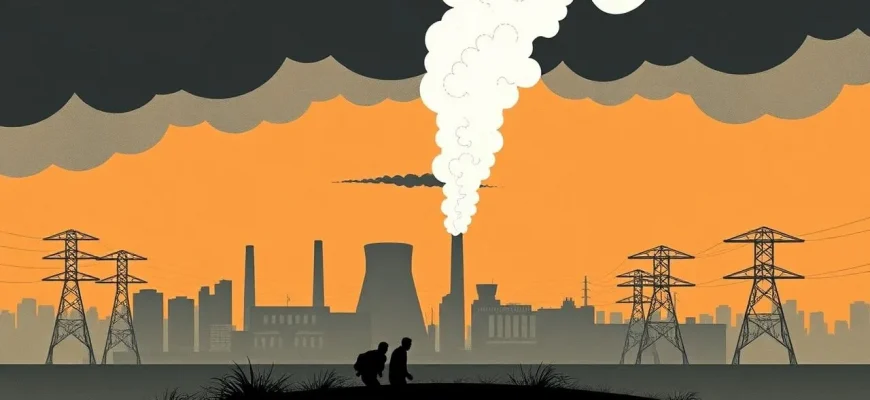Energy crises have long been a source of tension and drama in cinema, providing a backdrop for stories that explore human resilience, societal collapse, and the fight for survival. This curated list of 10 disaster films delves into the theme of energy crises, showcasing how filmmakers have envisioned the consequences of dwindling resources, power outages, and the desperate measures taken to restore balance. From post-apocalyptic landscapes to high-stakes thrillers, these movies not only entertain but also provoke thought about our reliance on energy and the potential ramifications of its scarcity.
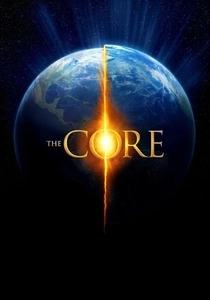
The Core (2003)
Description: When the Earth's core stops spinning, leading to an energy crisis and the collapse of the magnetic field, a team of scientists must drill to the center of the Earth to restart it.
Fact: The film's premise was inspired by the real-life concept of the Earth's core and its role in generating the planet's magnetic field.
 Watch Now
Watch Now 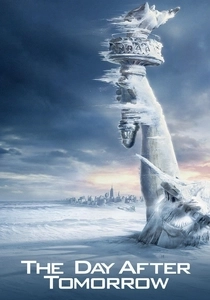
The Day After Tomorrow (2004)
Description: This film takes a dramatic turn when a sudden global weather shift leads to an energy crisis, as the world's infrastructure collapses under the weight of a new ice age. It's a stark reminder of how interconnected our energy systems are with the environment.
Fact: The film was inspired by the book "The Coming Global Superstorm" by Art Bell and Whitley Strieber. It was also one of the first major films to use CGI to depict weather phenomena.
 Watch Now
Watch Now 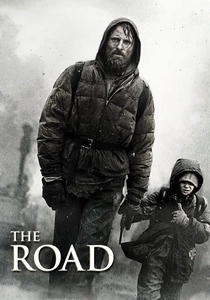
The Road (2009)
Description: Set in a post-apocalyptic world where resources, including energy, are scarce, this film explores the desperate struggle for survival. The lack of energy sources has led to a collapse of civilization, making it a poignant addition to this list.
Fact: The film is based on the Pulitzer Prize-winning novel by Cormac McCarthy. The bleak setting was created using a combination of real locations and CGI to depict a world without energy.
 Watch Now
Watch Now 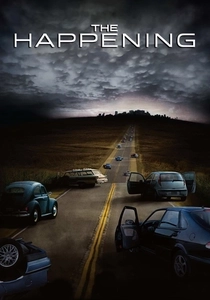
The Happening (2008)
Description: While primarily about a mysterious environmental event, the film touches on the theme of energy crisis through the collapse of society and the subsequent loss of power and communication.
Fact: M. Night Shyamalan wrote, directed, and produced this film, which was his first R-rated film.
 Watch Now
Watch Now 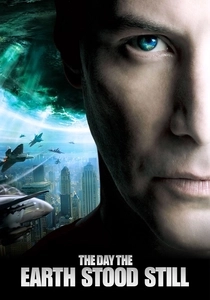
The Day the Earth Stood Still (2008)
Description: This remake explores themes of energy and humanity's impact on the environment, with an alien visitation that could be interpreted as a warning about our energy consumption.
Fact: The film features a scene where all electricity on Earth is shut down, highlighting our dependence on energy.
 Watch Now
Watch Now 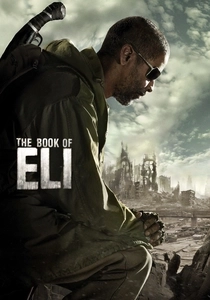
The Book of Eli (2010)
Description: In a post-apocalyptic world where energy is scarce, a lone wanderer carries a book that could restore civilization. The film subtly explores how the lack of energy has led to a new dark age.
Fact: The film was shot in New Mexico, USA, with a unique visual style to depict a world without modern energy sources.
 Watch Now
Watch Now 
The Colony (2013)
Description: In this film, survivors live underground due to an ice age caused by a failed attempt to control global warming. The energy crisis is implicit in the struggle for survival in a world where traditional energy sources are no longer viable.
Fact: The film was shot in Toronto, Canada, with sets designed to mimic a post-apocalyptic underground bunker.
 Watch Now
Watch Now 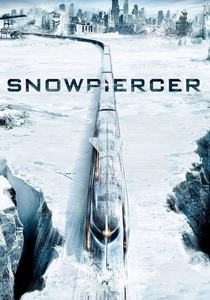
Snowpiercer (2013)
Description: After a failed climate change experiment, the world is frozen, and the only survivors live on a perpetually moving train powered by a mysterious energy source. This film delves into the societal implications of energy scarcity.
Fact: The film is based on the French graphic novel "Le Transperceneige" and was shot in Prague, Czech Republic, using a real train set.
 Watch Now
Watch Now 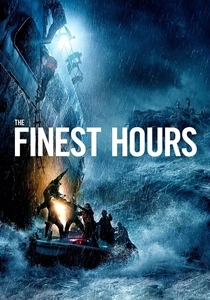
The Finest Hours (2016)
Description: While not directly about an energy crisis, the film showcases the impact of a massive storm on energy infrastructure, leading to a dramatic rescue operation. It's a reminder of how vulnerable our energy systems are to natural disasters.
Fact: The film is based on the true story of the 1952 SS Pendleton rescue, one of the most daring Coast Guard rescues in history.
 Watch Now
Watch Now 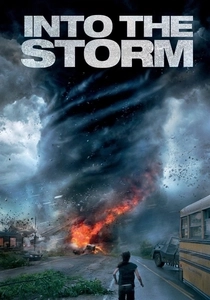
Into the Storm (2014)
Description: While not directly about an energy crisis, this film showcases the aftermath of devastating storms, which could easily be a consequence of energy-related climate change. It highlights the vulnerability of our energy infrastructure to natural disasters.
Fact: The film was shot in Detroit, Michigan, using real storm chasers and meteorologists as consultants to ensure authenticity in weather depiction.
 Watch Now
Watch Now 
